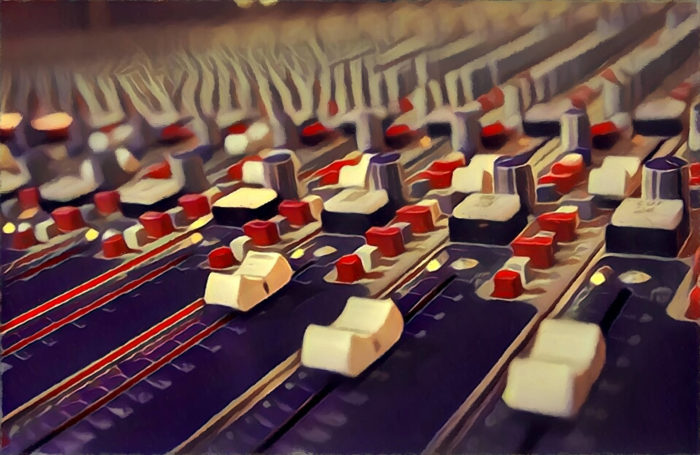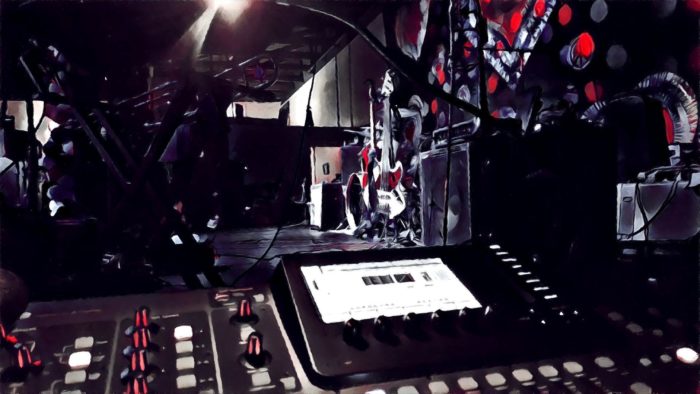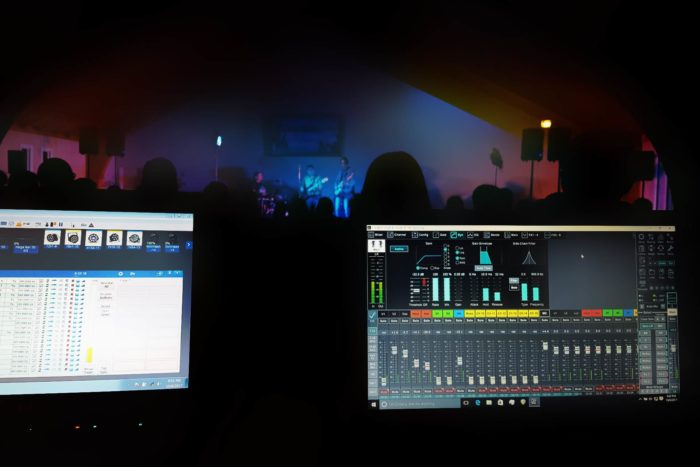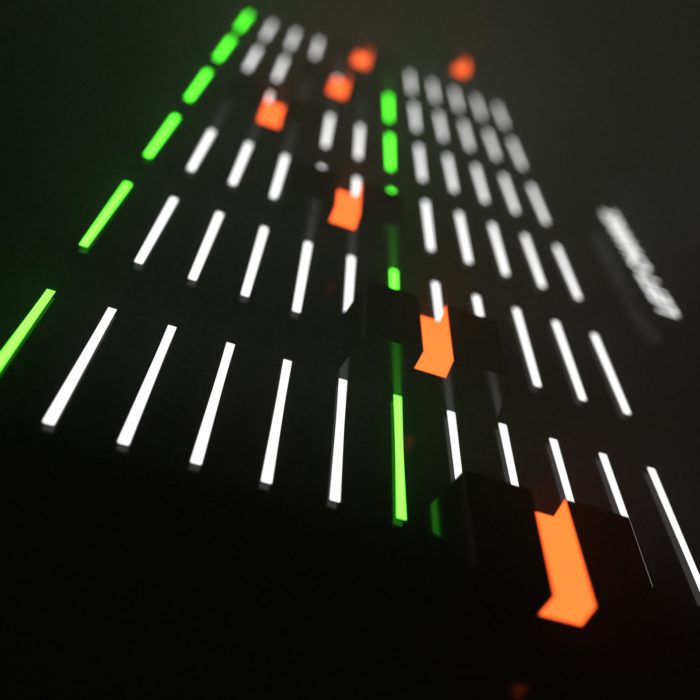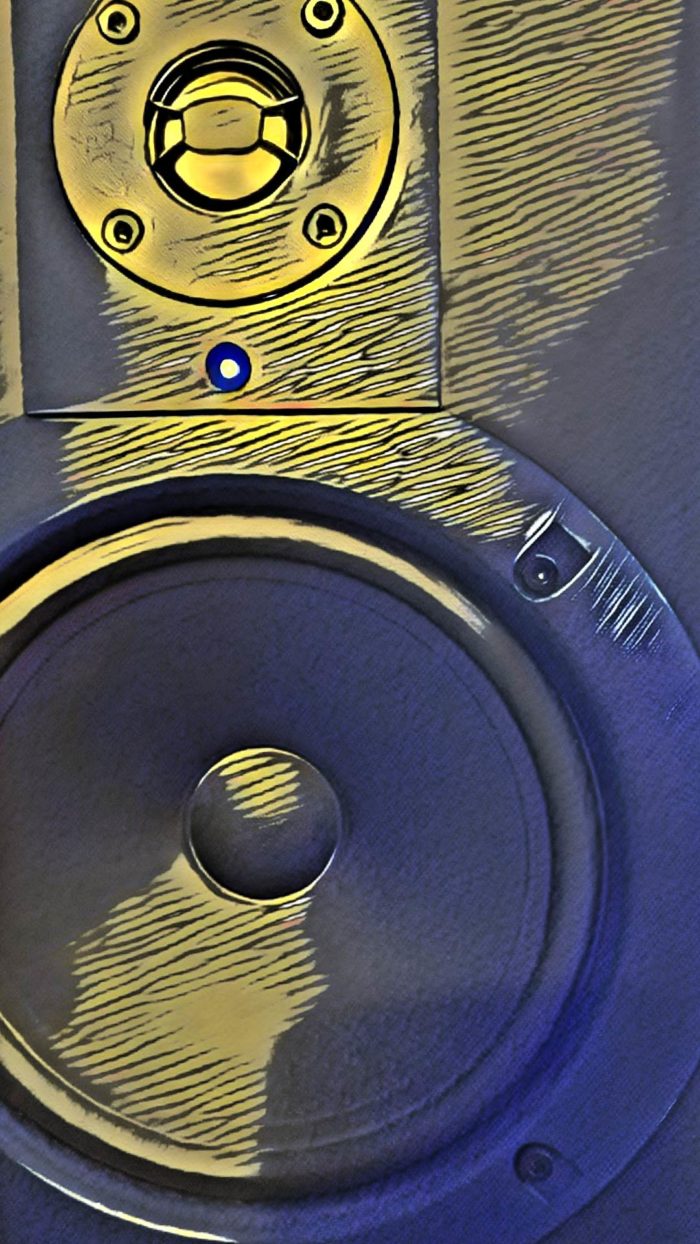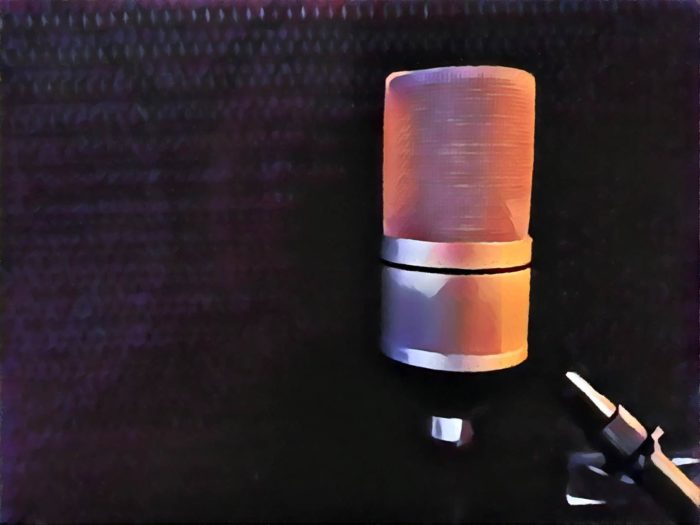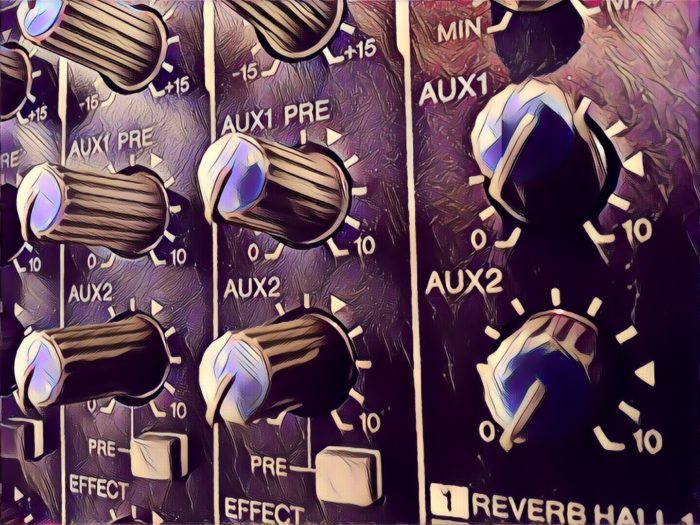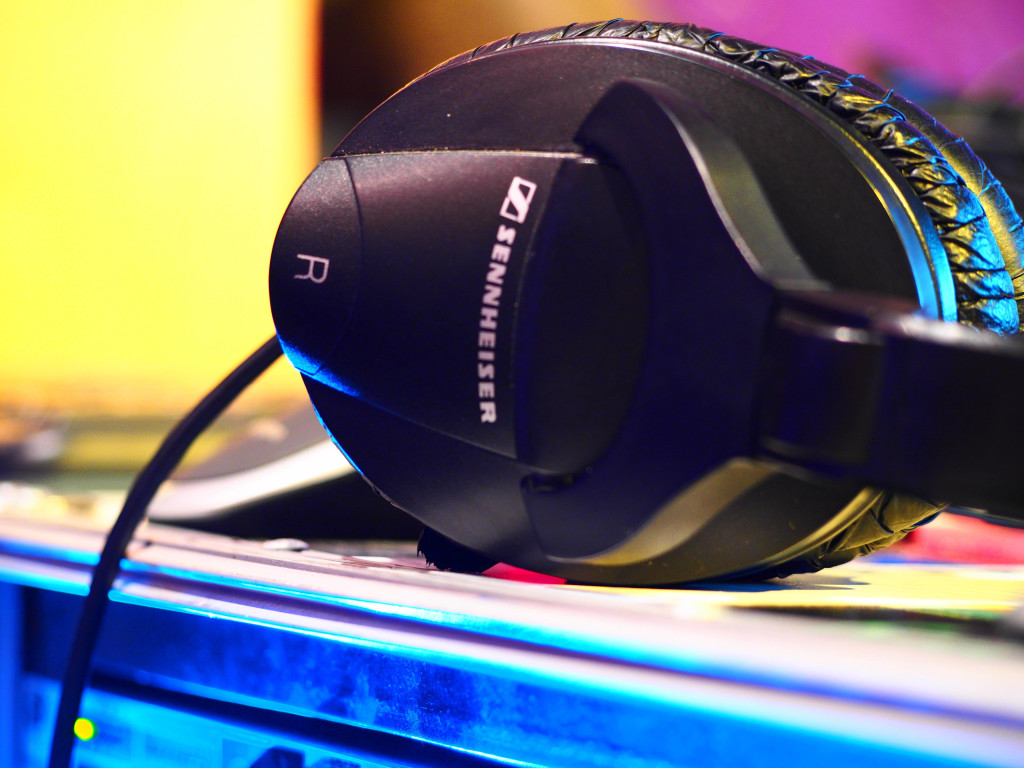A miniature reunion of players from Fats.
Please Remember:
The opinions expressed are mine only. These opinions do not necessarily reflect anybody else’s opinions. I do not own, operate, manage, or represent any band, venue, or company that I talk about, unless explicitly noted.

 Want to use this image for something else? Great! Click it for the link to a high-res or resolution-independent version.
Want to use this image for something else? Great! Click it for the link to a high-res or resolution-independent version.What Went Well
- The people you know: Who doesn’t love working with people who’s music they enjoy? I knew going in that I was going to like the tunes and be familiar with the (very solid) players involved.
- Unexpected help is always appreciated: I didn’t have my usual, trusty, IAMA LCS sidekick Lonnie handy on the show, but I tried to allow myself extra time. Then, about halfway through the setup, Chris showed up and gave that final push to get everything ready with time to spare. Hooray!
- Three cheers for check going as planned: Everybody was around for soundcheck on schedule, so we could run in the correct order (reverse, that is, where the first act checks last). The initial dial-up went fast, so we had lots of breathing room between then and the show. Oh can’t every gig be like this from now on?
- When the mixes for the bands did settle down, I felt like they had this nice, “Jazzy” quality. What I mean by that is the sound was very much about the interplay of material from about 150 Hz to 10 kHz; A sort of “discerning person’s” tonality that’s about subtlety instead of power, boom, and sizzle.
What Could Have Been Better
- Something’s not quite right, part 1: I didn’t notice in soundcheck that I had this weird buildup at around 500 Hz. It was actually pretty subtle, until it interacted in strange, intermittent ways with the vocals of Ischa from MiNX. It took me a long while to find and correct the problem – issues that aren’t steady-state are much tougher to address.
- Something’s not quite right, part 2: Also with MiNX, the fine-tuning of the guitar/ vocal balance fought back more than I was used to. I started out much too gingerly with the guitar for the actual set. I overcorrected, overcorrected again (in the opposite direction), then got things mostly right by using some pretty dramatic compression, and then backed off the compression which wasn’t quite the ticket, so…
- Whoa, Nelly: I came out of the gate a bit too “gangbusters” with the percussion for The Will Baxter Band, swamping the keys pretty badly until I got myself under control. In contrast, I was too light on the bass being played by Adam’s left hand, and had to keep reminding myself to give it the volume it deserved. (I thought it was all okay an hour before, I swear.)
Conclusion
I felt like I struggled a bit with the actual show, but everybody – including me – seemed to go home happy. It’s not like my own fun was ruined or anything. I was just a little surprised for a bit.
